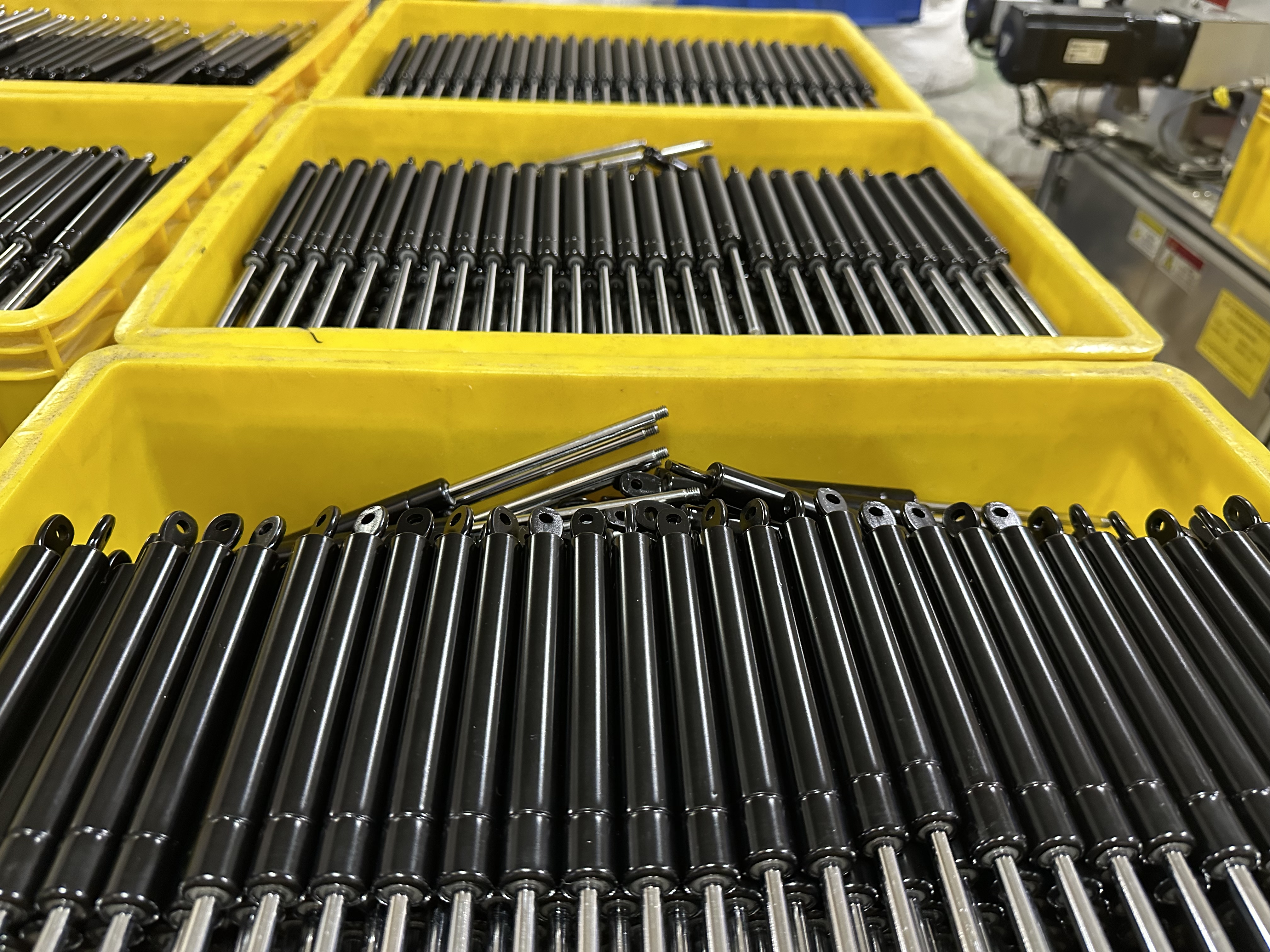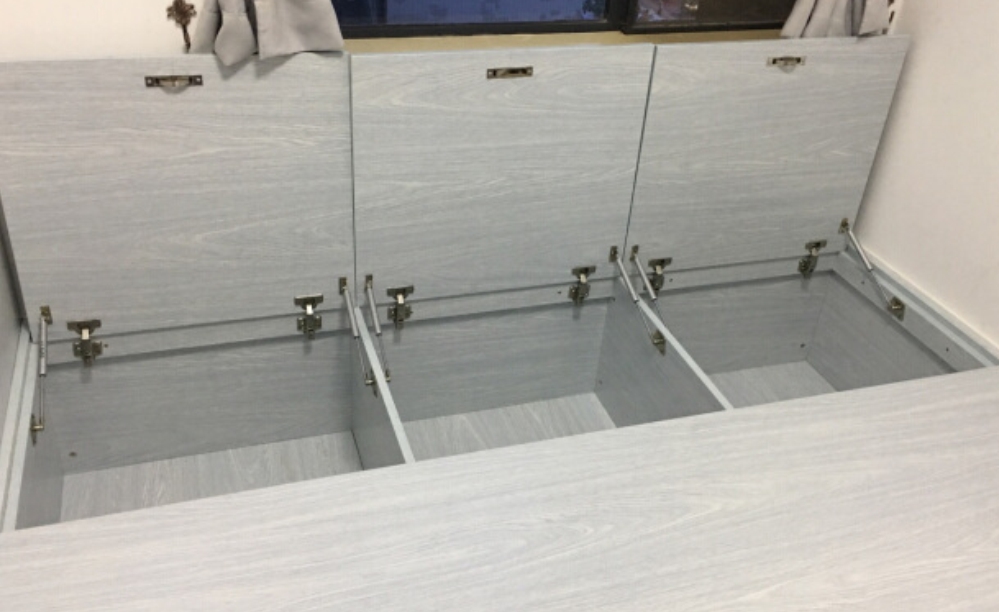What Is a Gas Spring Lift
LIJIN, specializing in home hardware manufacturing, is dedicated to make high-quality gas spring lifts required to meet the customers’ need. Gas spring lifts, also known as gas struts or gas supports, are innovative mechanical devices that utilize compressed gas to provide controlled force and motion. The unique design and function of gas springs make them essential components in various industries and applications. This article aims to explore the concept of gas springs, their working principles, and their widespread applications.
I. What is a Gas Spring Lift?
A gas spring lift is a mechanical device that consists of a piston, a cylinder, and a pressurized gas (usually nitrogen) contained within the cylinder. The piston separates the cylinder into two chambers, with one chamber filled with the pressurized gas and the other acting as a reservoir. The gas spring's primary function is to provide a controlled and adjustable force for lifting, lowering, or counterbalancing of objects.

II. Working Principles:
Gas spring lifts work based on the principles of gas compression and expansion. When the gas spring is in a relaxed state, the piston is at rest, and the gas pressure inside the cylinder is balanced. However, when an external force is applied to compress or extend the gas spring, the piston moves, causing a change in the gas volume and pressure. This change in pressure generates a force that opposes the applied force, creating a dampened and controlled motion.
III. Applications of Gas Spring Lifts:
1. Automotive Industry: Gas springs are commonly used in automotive applications, such as trunk lids, hoods, and tailgates. They provide smooth and controlled lifting and lowering motions, ensuring user safety and convenience.
2. Furniture Industry: Gas springs are utilized in various furniture applications, including office chairs, height-adjustable desks, kitchen cabinets and recliners. Gas springs enable effortless adjustments of height and reclining movements, enhancing comfort and ergonomics for users.

3. Industrial Machinery: Gas springs find extensive use in industrial machinery, such as manufacturing equipment, assembly lines, and heavy machinery. They assist in counterbalancing heavy loads, providing support, and facilitating smooth movements.
4. Aerospace Industry: Gas springs are employed in aerospace applications, including aircraft doors, cargo ramps, and seating systems. They ensure reliable and controlled movements in critical aerospace operations.
5. Medical Equipment: Gas springs are integrated into medical equipment, such as hospital beds, surgical tables, and rehabilitation devices. They enable precise adjustments, ease of operation, and patient comfort.
Conclusion:
Gas spring lifts are versatile mechanical devices that utilize compressed gas to provide controlled force and motion. Their ability to dampen movements, adjust forces, and provide smooth operations makes them indispensable in various industries. From automotive applications to furniture, industrial machinery, aerospace, and medical equipment, gas springs play a pivotal role in enhancing safety, comfort, and efficiency. With ongoing advancements and innovations, gas spring lifts continue to evolve, expanding their applications and contributing to technological progress.

